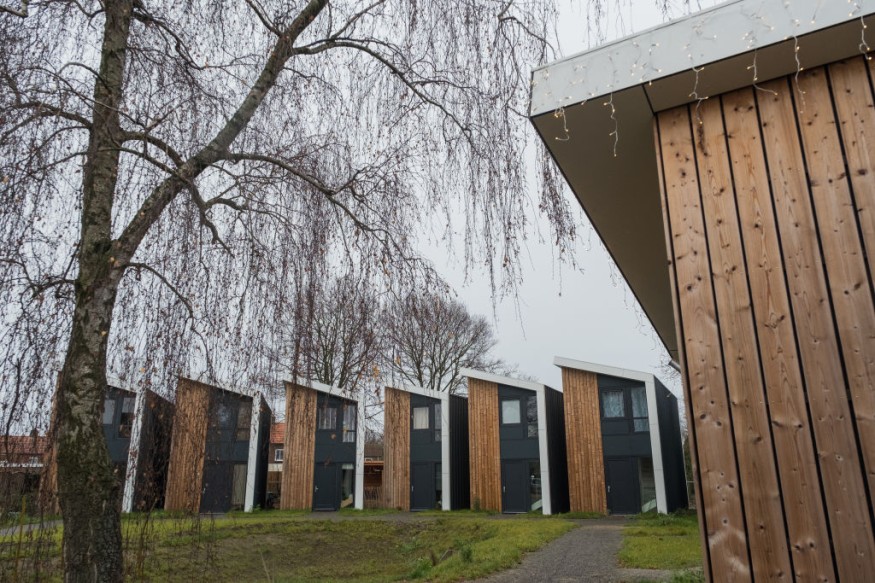In the evolving landscape of home construction, prefab homes - pre-assembled structures built in a factory and then transported to their permanent location - are gaining popularity. These homes offer a modern solution to traditional building challenges, but they come with their own set of pros and cons.
In this article, we delve into the advantages and drawbacks to keep in mind when buying a prefabricated home.
What Is a Prefabricated Home?
Prefabricated homes, also known as "prefab" home, refers to houses that are manufactured in a factory setting in panels or sections. At times, the entire house is built at the factory before being transported to the final destination, where it will be positioned in place.
In many cases, prefab homes come with a templated floor plan that allows for some modifications in the interior, such as flooring and fixtures. However, there are some prefab plans that allow homebuyers to create a house from scratch.
Pros of Prefab Homes
Energy Efficient
One of the advantages of owning a prefab home is that they tend to be energy efficient. Manufactured homes are typically built with tight seams that keep the heat in, which helps in reducing the cost of heating.
Highly Durable
Prefab homes are examined multiple times throughout the construction process, ensuring they meet quality control and durability standards. In fact, FEMA has noted that manufactured homes tend to be more durable than traditional homes.
Fast Construction Times
One of the biggest advantages of buying a prefab home is its fast construction time. Because all parts come to the final site ready, all builders have to do is assemble each panel and hook up the home to utilities.
Affordable
Typically, prefab homes cost about 10% to 20% less than traditional homes. Manufactured homes, for example, may cost $50 per square foot, while conventional, non-luxury houses cost about $250 per square foot.
Cons of Prefab Homes
Cost of Land
If you want to put up a prefab home, you will need to purchase and own the land where it will be positioned. This can be costly as you need to make sure that the land you are purchasing is level and has access to electricity, water, and sewage systems.
In addition, homebuyers would have to pay for soil testing and secure inspections and permits. Some prefab companies offer assistance with this process.
Longer Move-In Time
Prefab homes take a shorter time to build onsite. However, you may have to wait for months while the panels are being manufactured.
More Up-Front Payments
When you buy an existing home, you are given the option to make a downpayment and pay the rest of the mortgage over time. With prefab homes, buyers are required to pay for the home's construction before moving in. That being said, these payments are made in installments. Some prefab companies also offer financing and construction loans.

© 2026 Realty Today All rights reserved. Do not reproduce without permission.



